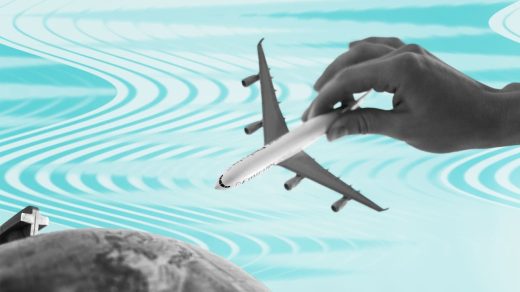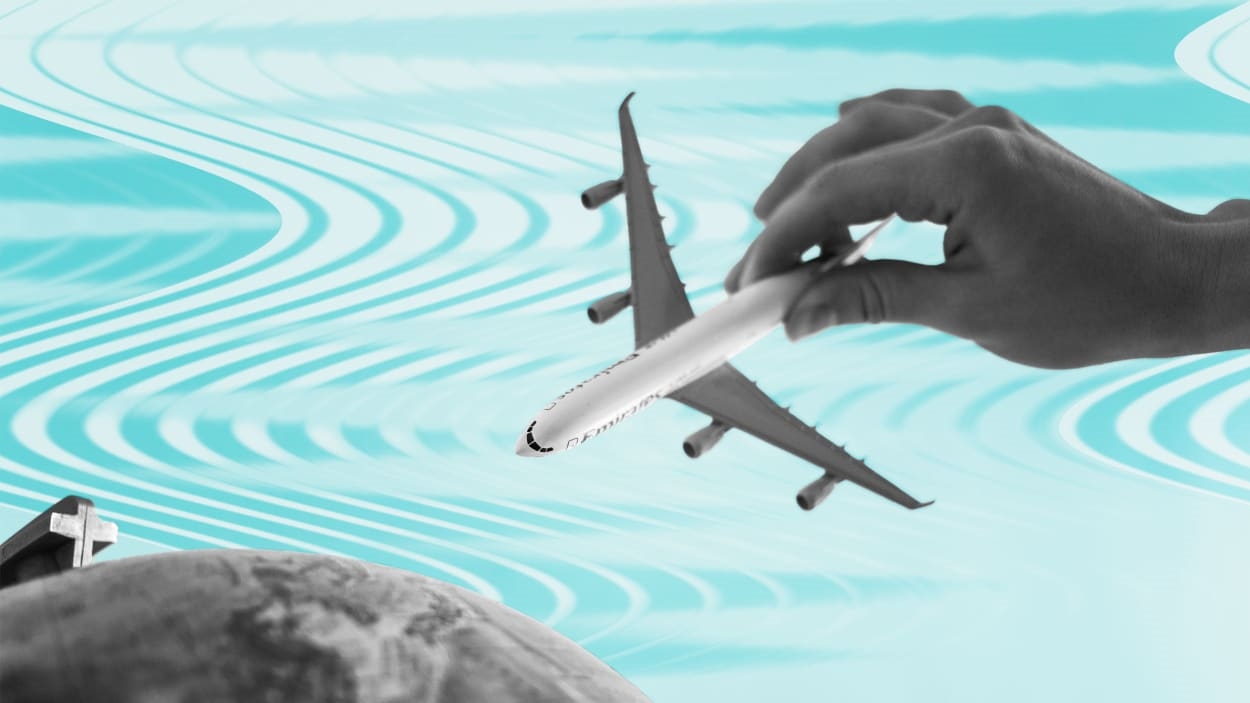Atmospheric scientists say supercomputers could save us from flight turbulence. Here’s how
By Sarah Bregel
Airplane turbulence is easily the least pleasant part of flying. But it’s often unpredictable because it isn’t always tied to bad weather. Anyone who has ever experienced a rocky flight on a hot summer day knows that unfortunate truth. Still, most people don’t understand why it happens.
The phenomenon is called Clear Air Turbulence (CAT), and a research group from Nagoya University now claims they can predict it.
The group simulated CAT in Tokyo with the Fugaku supercomputer—the world’s second-fastest computer—then compared their findings with flight data. Their findings enabled them to understand what causes it to occur. Essentially, it happens when two layers of air with different velocities meet, creating a pushing-and-pulling effect, or a kind of atmospheric wave that we call turbulence.
Ryoichi Yoshimura of Nagoya University collaborated with Junshi Ito and others at Tohoku University on the research, which was reported in the journal Geophysical Research Letters.
“The results of this research should lead to a deeper understanding of the principle and mechanism of turbulence generation by high-resolution simulation and allow us to investigate the effects of turbulence on airplanes in more detail,” said Yoshimura of the group’s efforts.
That’s key for flight safety because, until now, CAT has been tough to detect, meaning it can lead to unexpected and intense flight disruptions. Just this week, a Florida-bound plane ran into severe turbulence, which resulted in four people — two passengers and two flight attendants — sustaining injuries. Six other passengers were examined and released. Elizabeth Spriggs, a passenger, told The New York Times about the terrifying moment a flight attendant was “catapulted” into the air, saying it reminded her of something out of the film “The Matrix.”
The research couldn’t come at a better time. CAT is expected to get even worse due to global warming in the coming years. But climate data from 1979 to 2020 showed that it’s already been increasing steadily as the planet warms. The North Atlantic and the Continental U.S. saw the greatest rises, but Europe, the Middle East, and the South Atlantic weren’t far behind.
Whether or not you’re a nervous flyer, forecasting CAT will help us all breathe a little easier at 10,000 feet, hopefully allowing for fewer spilled drinks too.
(15)



